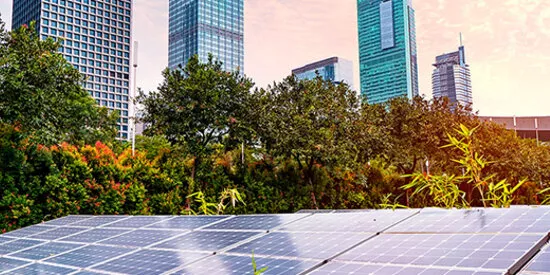
Baby bust: how China may be able to dodge its demographic time bomb
Online hits for baby buggies on China’s Baidu search engine have dropped 40% since 2018; searches for baby bottles are down by a third; meanwhile, enquiries about elderly care homes jumped eight-fold last year.
What this behaviour prefigured is now official: China’s population fell in 2022, by some 850,000 people to just over 1.41 billion1 , as births plummeted, and the death rate ticked higher. It is the first decline since 1961, when the country was plagued by famine. India -- where, incidentally, online searches for baby gear are rising rapidly -- is likely to become the world’s most populous nation as soon as this year.
This is not just a pandemic-induced blip but a turning point and one that has arrived eight or nine years earlier than predicted. As such, it has profound implications, including lower economic growth at home and likely higher inflation globally.
As Japan and a growing number of other developed nations demonstrate, poor demographics are almost impossible to reverse through public policy and hard even to ameliorate. Therefore, it is important for Beijing to focus on mitigating the economic fallout from its rapidly ageing demographics.
Capital allocation is key
In the face of a declining labour force, raising labour productivity becomes ever more critical, argues Wei Yao, Head of Research and Chief Economist for APAC at Societe Generale.
Firstly, the main obstacle to higher productivity has been inefficient capital allocation. China’s growth over the past decade or so has actually come at the expense of productivity, as both the state and private sectors have invested heavily in a debt-fuelled spate of low-return construction and infrastructure investment – which now make up over a third of the economy.
This year a likely rebound in the housing market (as well as the exit from its ‘zero Covid’ policy) will help China’s GDP growth to improve – Societe Generale expects 5.8% after just 3% in 2022. But longer term, the key will be to shift capital from building yet another apartment complex or regional airport to more productive sectors like technology and healthcare. How to free capital from the large stock of under-performing construction debt is also crucial for this quest.
The government is perfectly aware of the need; but in addition to allocating capital to other sectors it has to remain integrated with global supply chains and, critically, reduce tensions with the US and the West -- at least until the country becomes more self-sufficient in areas like computer chips.
Secondly, China needs to invest in human, not just physical, capital. Education, while it can be very good, is extremely expensive and one reason why families have remained small even after the reversal of the one-child policy, as parents worry that they cannot afford to raise more offspring.
The mystery component
The third element in raising economic growth is total factor productivity. This “mystery component”, as Ms Yao describes it, tries to quantify how the application of technology boosts economic growth and efficiency. But it also encompasses the application of market mechanisms and public trust. As China treads a middle path between a planned economy and a purely capitalist one, it has scope to improve incentives, expand its private sector and deepen its capital markets – all of which should pay off handsomely.
Rebalancing to consumption matters for sustainability
But boosting investment productivity is not all, as it is only about supply. To make the growth model more sustainable, China announced its plans to expand domestic consumption in late 2022. Creating a social safety net is another imperative and should lead households to draw down some of their enormous savings, which have jumped to over 100% of GDP during the pandemic.
If households are confident enough to spend, that would help the economy to a long-desired rebalancing: currently, investment still makes up more than 40%, compared to 25-30% in developed countries2, while consumer spending accounts for less than two fifths3.
Although there has been considerable progress, with almost all current and retired workers now eligible for a pension and near universal medical care, the payouts are very unequal, varying from province to province and between urban and rural residents. Building a fair and resilient social security system is under way and while it will take years, the ultimate goal must be to reduce these disparities.
Only once they feel more secure and confident, will the Chinese spend some of their ‘rainy day’ funds. That point has not yet been reached: even with travel possible again in 2023, Societe Generale estimates that ‘revenge spending’ will eat up just a quarter of the excess savings accumulated over the past two years.
With good policy and a favourable market environment, then, the economy might be able to maintain potential growth of around 4% a year over the next decade, and 3-3.5% thereafter. This may not sound much compared to past decades, but it would still be enough to double the size of the economy in 15 years – and from a considerable base. On this trajectory, China would reach its goal of becoming a high-income country around 2035 and escape the demographic doom that many are predicting.
Stay up to date with the latest insights on SG Markets.

1- http://www.stats.gov.cn/english/PressRelease/202301/t20230117_1892094.html
2- https://www.ceicdata.com/en/indicator/china/investment--nominal-gdp
3- https://www.ceicdata.com/en/indicator/china/private-consumption--of-nominal-gdp




